Victorian carpet became more affordable by the end of the 19th century thanks to technical advances.
There was a lot of choice depending on the budget available. Most families could afford a machine-made rug for their parlour.
See my other blogs on linoleum and Victorian interior style tips mentioning rag rugs to get an insight into cheaper floor covering options.
Here is an overview of the fashions and type of carpets available during the late 19th and early 20th century.
Wall-to-wall all the rage
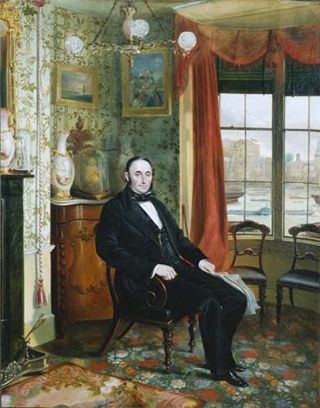
Wall-to-wall carpets reached the height of fashion in the 1860s.
Most fitted carpets were made up of narrow rolls and were pattern-matched when laid like wallpaper.
However, this type of carpet tended to be expensive and was the preserve of the better off who had the servants to regularly sweep them.
The Victorians became increasingly concerned about hygiene towards the end of the 19th century, which led to wall-to-wall carpets falling of favour. Servants could clean larger rugs more easily by rolling them up and taking them outside.
Interestingly, the fashion for fitted carpets did not return till after the Second World War when vacuum cleaners became more commonplace.
A look to the east
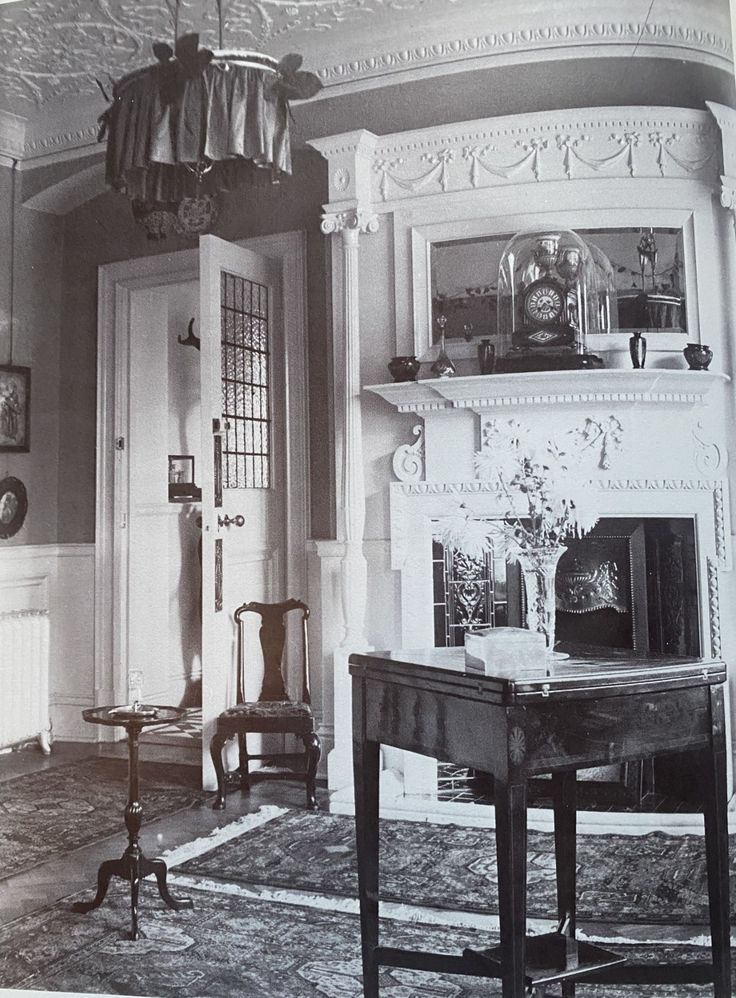
The Arts and Crafts movement made Turkish and Persian rugs popular from the 1870s.
Handmade rugs imported from these countries were available from the top shops of the time. However, they came with a hefty price tag.
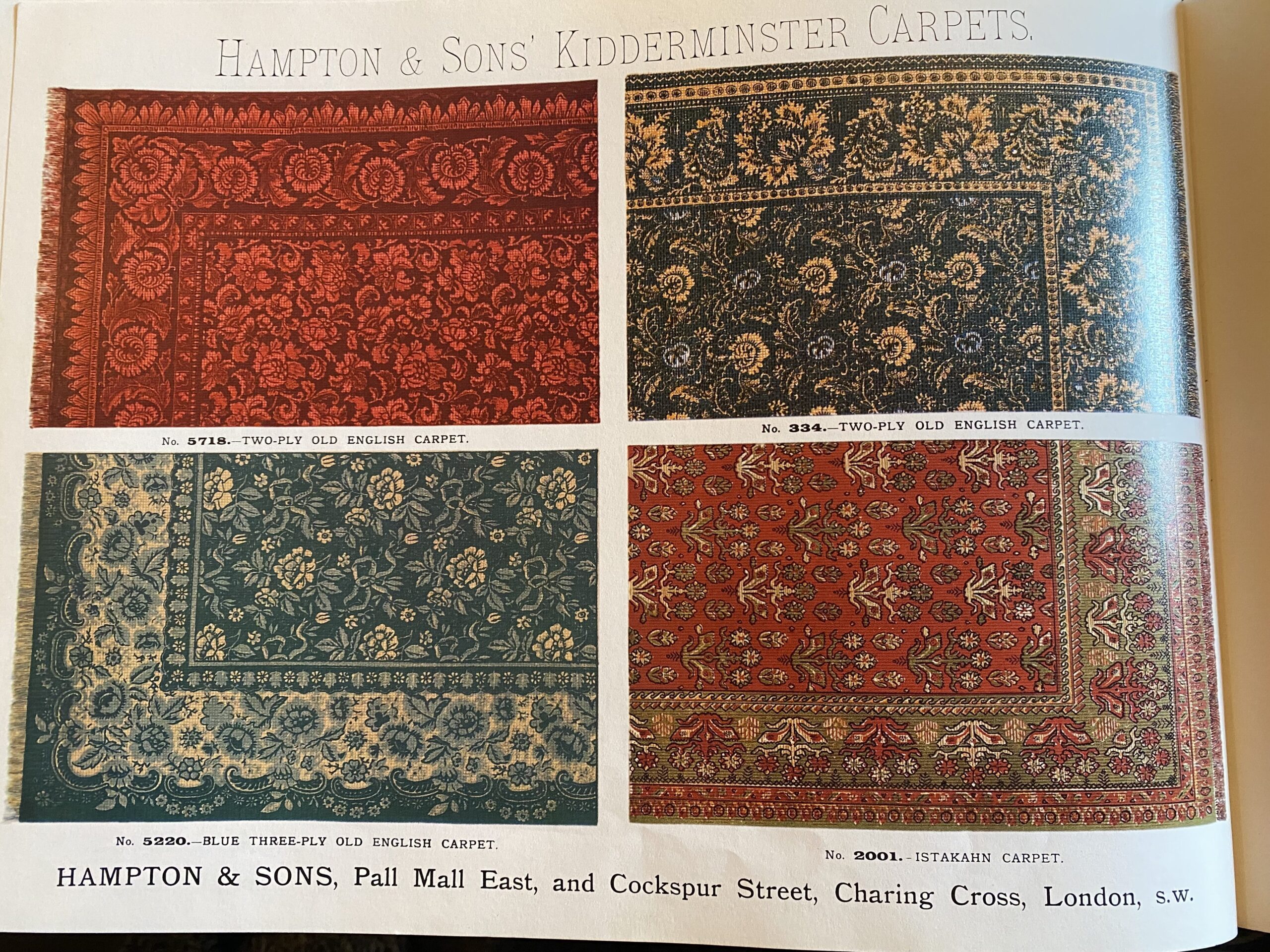
The big UK carpet factories in Kidderminster and Axminster filled this gap with more affordable machine-made rugs with an eastern influence.
Carpet makers offered a flatweave rug known as the ‘Kidderminster’ rug as a modest cost, followed by the mid-range ‘Brussels’ type which had an uncut looped pile.
The more expensive rugs known as Axminster and Wilton rugs had a cut pile that we are familiar with today.
Machine-made rugs during the late 19th century were mainly made up of strips and a border sewn together, but ‘seamless’ variations were available at an extra cost.
Middle of the road Victorian carpet
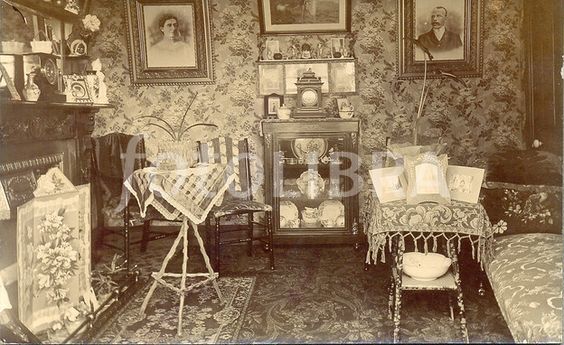
The average middle-class Victorian householder preferred more traditional floral machine-made rugs not dissimilar to wallpaper patterns of the time.
Old photo of interiors often show that Victorian carpets had trailing floral patterns more asymmetrical and random in design compared to the floral rugs available today.
Unlike the more expensive and treasured Persian and Turkish rugs of this period, surviving examples are very rare.
Don’t forget your Victorian carpet surroundings
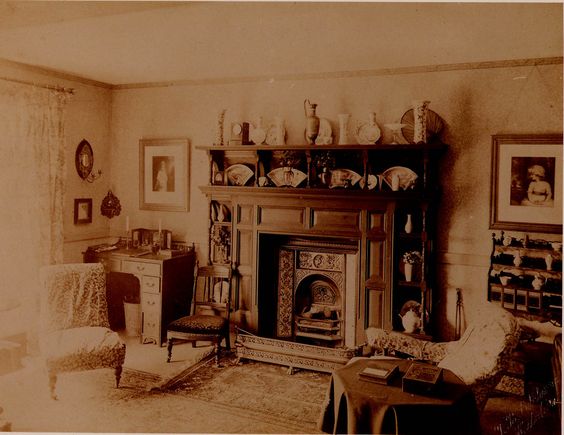
A common Victorian interior design myth is that parlour or drawing room rugs were always laid on polished or stained wooden floor boards.
Whilst this was commonplace, household goods catalogues of the period offered ‘carpet surrounds’ in a range of materials.
These were four foot strips of that went around the rug from its edge to the wall and covered the exposed floorboards.
Wealthy Victorians could afford thin wooden parquetry pieces or plain colour ‘felt’ carpet surrounds. Cheaper linoleum surrounds were also offered in a range of patterns, including a parquetry pattern. However, many Victorians liked to match busy floral carpets with busy floral linoleum surrounds!
How to get the authentic look
I’ve struggled to source the right large rug for my modest parlour. The majority of antique rugs on the market are handmade Turkish or Persian designs which more are authentic for larger Victorian homes.
Unfortunately, Wilton and Axminster machine-made traditional floral rugs are only available on special commission at a high price. Nevertheless, I’ve opted for a vintage Wilton rug in a Persian-type pattern which regularly come up on Ebay to buy.
It may surprise you, but laying your rug on a plain coloured fitted carpet is not a modern trend. It follows the fashion for plain coloured felts that were affordable in the late Victorian and Edwardian period.

Leave a Reply